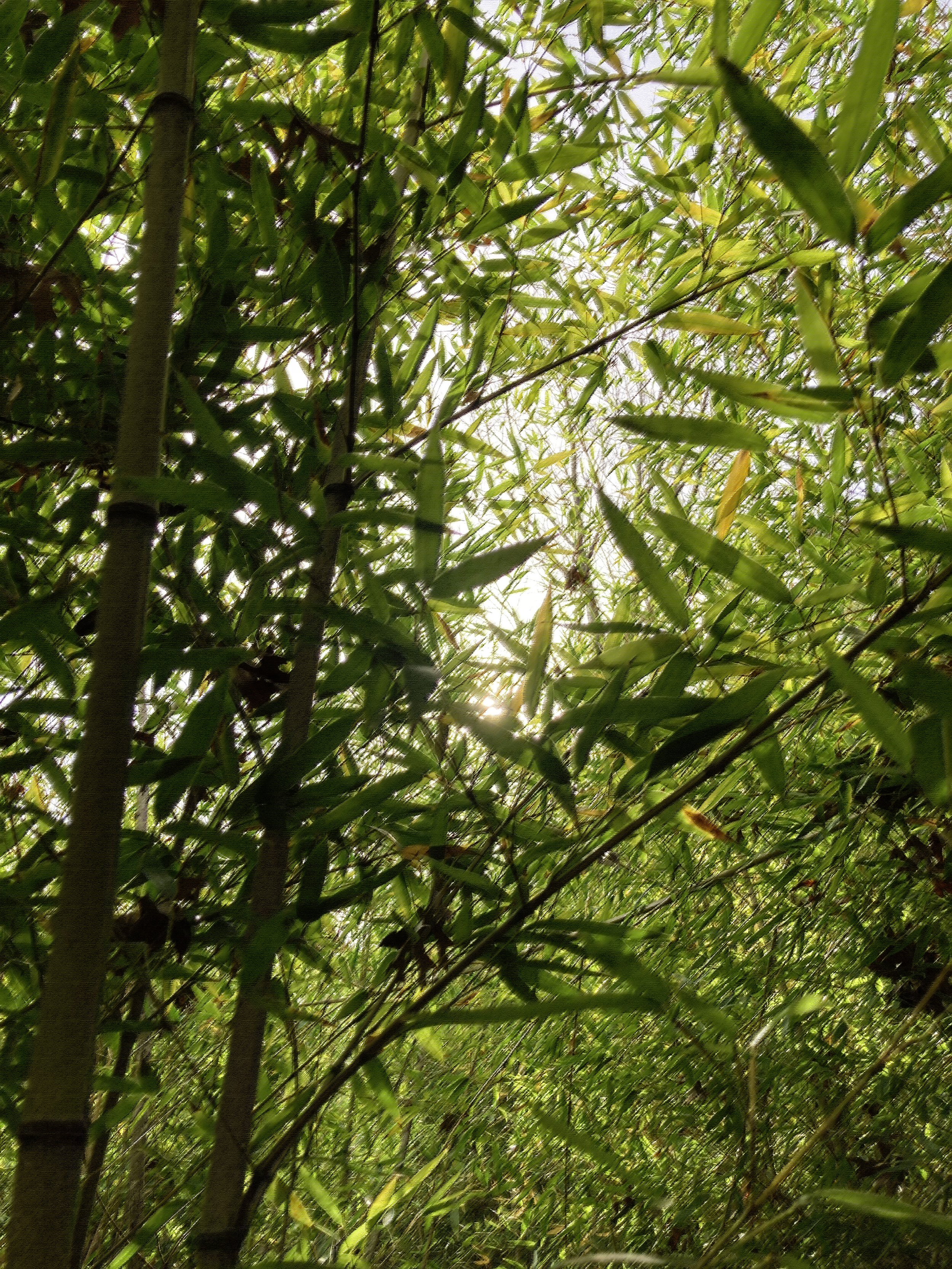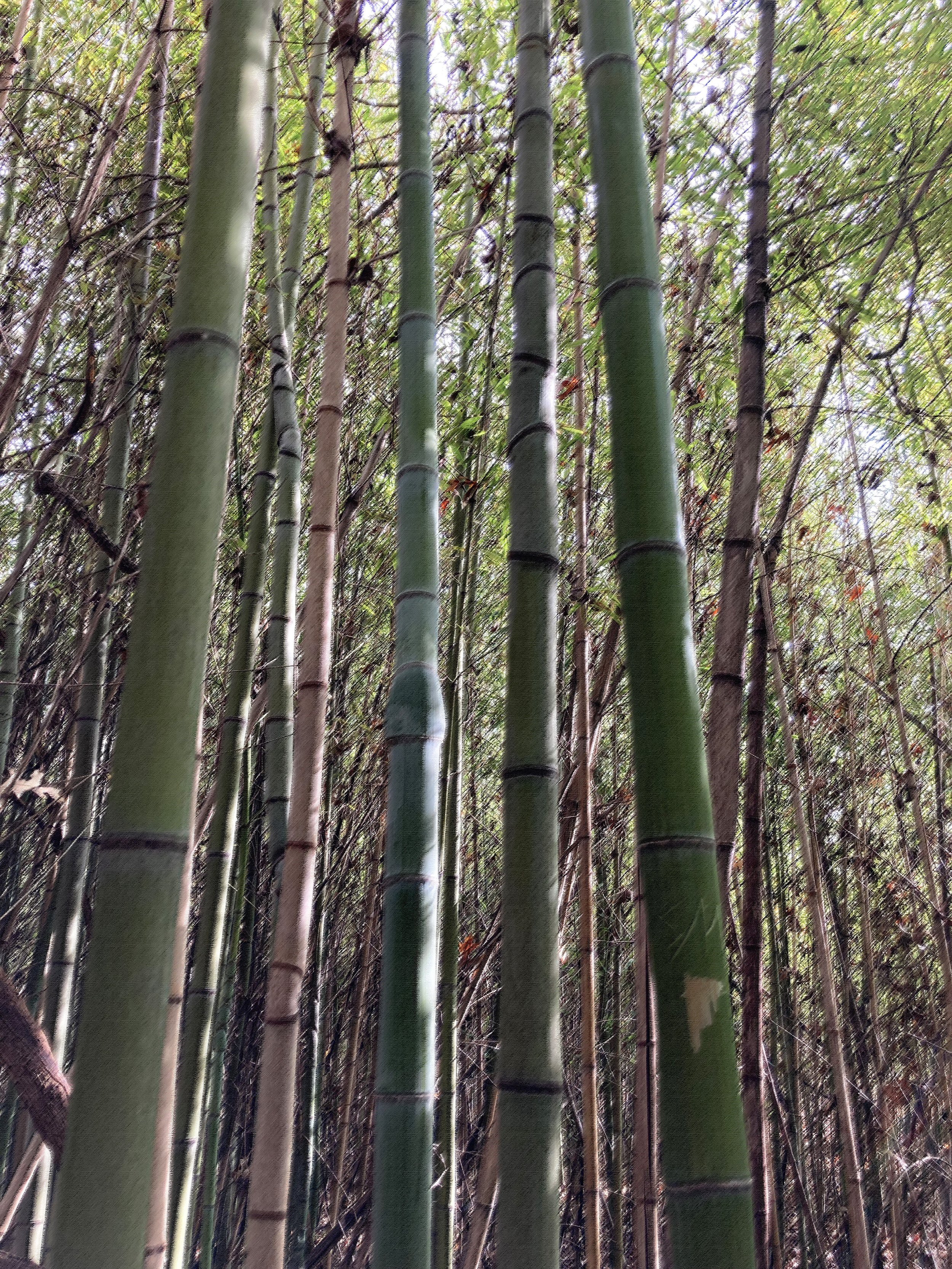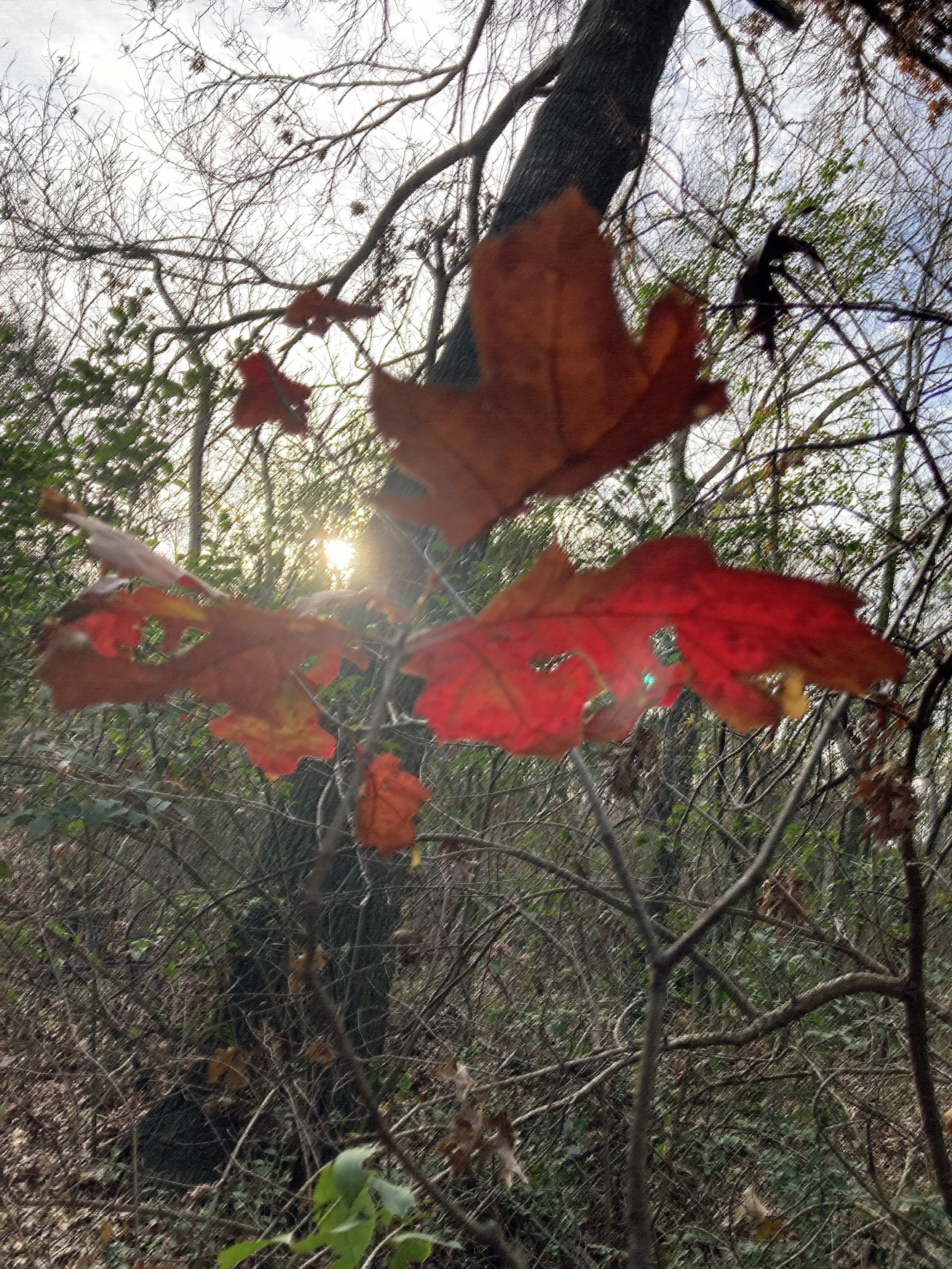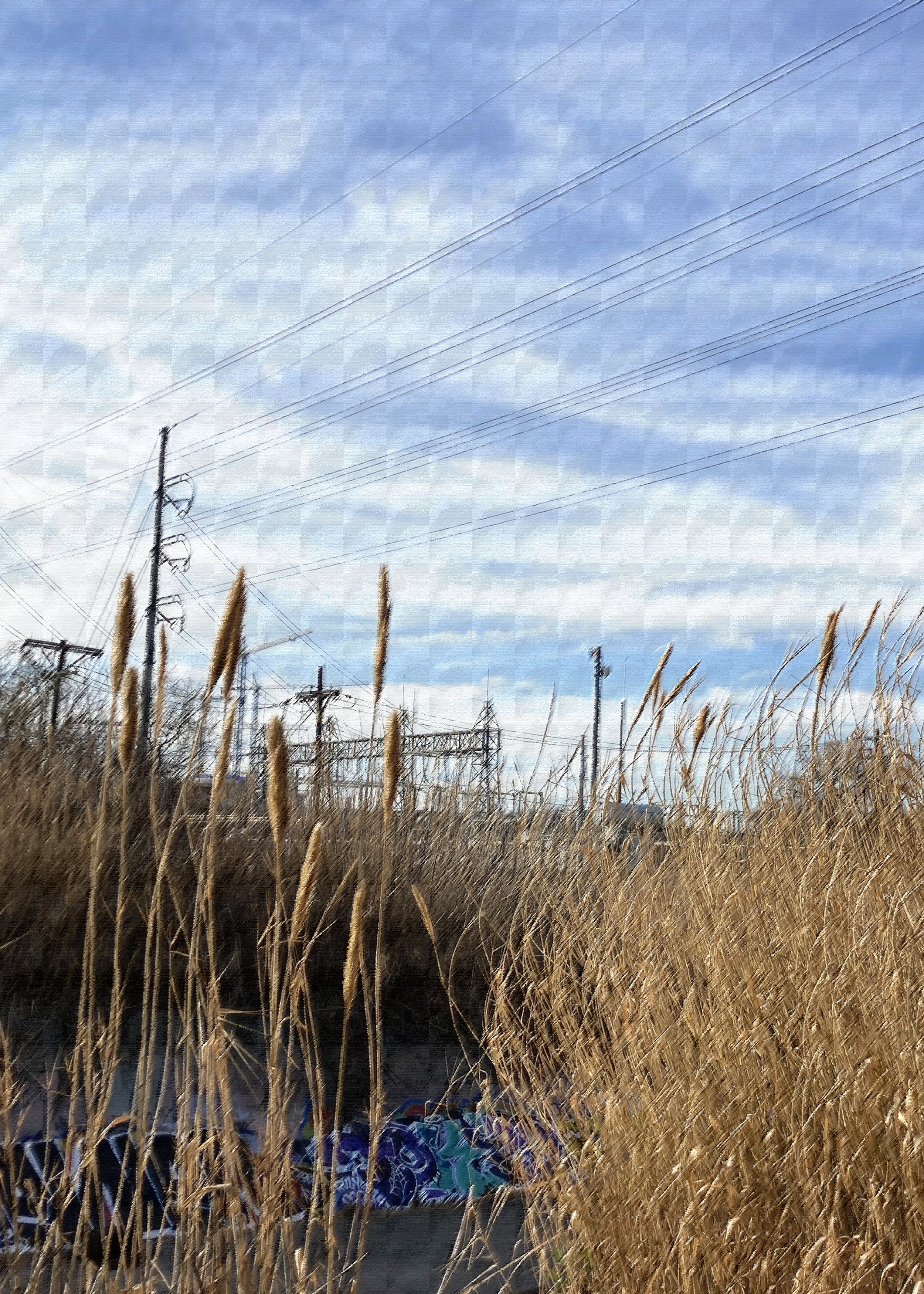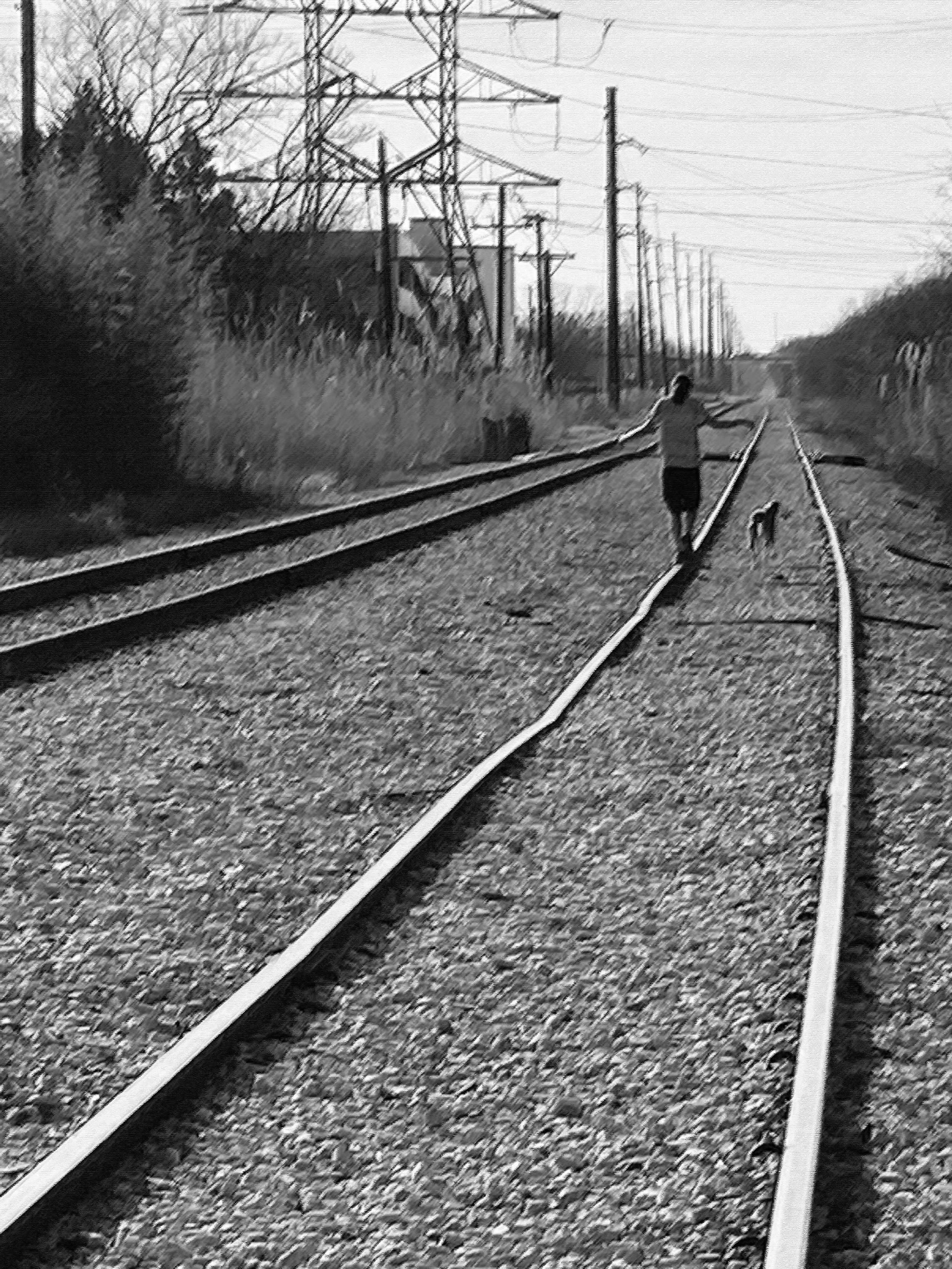I’d been wanting to go for a long walk somewhere good and remote for a good long time. But because I am chronically over-scheduled like everyone else I know, finding time to get away for a few hours requires the skill of a circus contortionist. So when the chance came to escape on Martin Luther King day, I grabbed it. It was time to get out of my little planned—and increasingly built-up and population-dense— community and disappear into a winter-stark prairie landscape.
My first choice was the Barton Springs Greenbelt on the southwest side of the city, not far from Lady Bird Lake. There was nostalgia in that choice, not just for the tangled limestone beauty of a place with rocky trails that twist and climb and two tiny waterfalls. But for the broke scholar’s life I led before the workaday life I lead now, when time was all I had. With only a few hours to indulge, I needed someplace closer. Google Maps told me I could find another, smaller space—the Boggy Creek Greenbelt—three miles from my house instead of eight.
I took a Lyft to the main Boggy Creek trailhead, a backpack on my shoulder and red-laced hiking boots on my feet. There was a creek and small tributary here, and some sparse winter green. But my face furrowed in disappointment when I saw the neatly paved roads for joggers, bikers and walkers in the running shoes I should have worn. I had just come from a manicured place; I wanted more roughness, more wildness. But I walked anyway because there was a road that led through a stand of trees and I wanted to follow it. When I saw a little trail quietly veer off into a small thicket, my spirits lifted. Perhaps it would take me into the unkempt natural world I had been missing.
I wish I could say that I took only a bottle of water and one of my small film cameras. The water was there, sloshing in my backpack. But in my hand I grasped a (temporarily silenced) iPhone to call back a Lyft, take pictures—and, if I’m being honest, call for help. I was still in the city after all, and things happen. It was fantasy to believe I could go without my phone and remain untraceable for a few hours. You can turn off the Significant Locations function deep in your Privacy settings and erase the history of where you’ve been. But do that and you also won’t be able to use the phone map to determine your location, find places or label your pictures. And camera phone? The convenience is stunning—every image you take is available to you, instantly, with a tap of finger.
I kept walking, deeper and deeper into a landscape covered in trees, now gray and brown but still showing traces of the red and gold of autumn. The path was well-worn, easy and pleasant. In no time, I was pushing deeper into the silence of trees until I came to a grove of the great cane bamboo some disparage with the name “damn-boo” for the way it can overrun a landscape. The bamboo proclaimed its difference from the rough-barked live oaks and pecan trees around it with stalks that looked like segmented evergreen exclamation points. Though as much a native as those trees, it was still an alien, and in that alienness, everything I could love.
What I could not love were the things others had left behind: clothes snarled in branches, decaying campsites. And in the sickly green stream running by the trail, empty cans, plastic bottles old toys and broken furniture. The sight of so much refuse made me think of words from an essay by Wendell Berry: people cannot live in nature without changing it. But neither can we live apart from it. We long for natural spaces and need them for our health and well-being. Yet rather than respect them, too often we use those spaces as receptacles for what we do not want or can no longer use.
Yet as much as I hated the trash, it was still strangely comforting to dead-end into a set of railroad tracks, just as it was to see another walker and fellow solitary picking his way along the graveled ballast with his dog. There’s romance in trains: they come from a slower-moving age but have survived and adapted, just like the humans who made them. Of course I had to take pictures—of the tracks, the electric poles and towers, the graffitied concrete canyon into which the unnaturally green stream trickled—with my iPhone. Standing in that half-natural, half-man-made space where past and present intersected, I noticed my high-tech phone was steadily losing its charge, almost as if to remind me that my enjoyment of this place was on borrowed time.
There was more walking after that, down into the concrete canyon to look at the graffiti that covered the walls. But the colors did not hide the urban baldness and hard angles and edges I had been trying to escape and so like an animal seeking shelter, I turned tail for the thicket. I took a different trail this time, one flanked by ash trees with branches that interlaced above my head into a canopy. Thick piles of leaves muffled sounds from the paved road I had left a few hours before; and above my head, the low white light of a late afternoon in winter filtered through the trees. There was peace here, peace to balance the onslaughts of a fast-moving, hyper-connected world of too damn much of everything. That small forest—its shagginess, its simplicity—felt nothing short of sacred.
We go to nature to be restored. But more often than not, we are chastened by what we see and learn. Perhaps that’s part of the point: While our ever-evolving technologies have created comforts and conveniences beyond our wildest imaginings, they have trapped us, too. Not just into believing we can be happy within man-made realms, but also into believing we can exist outside the natural continuum that mirrors—and heals—us at the same time.

